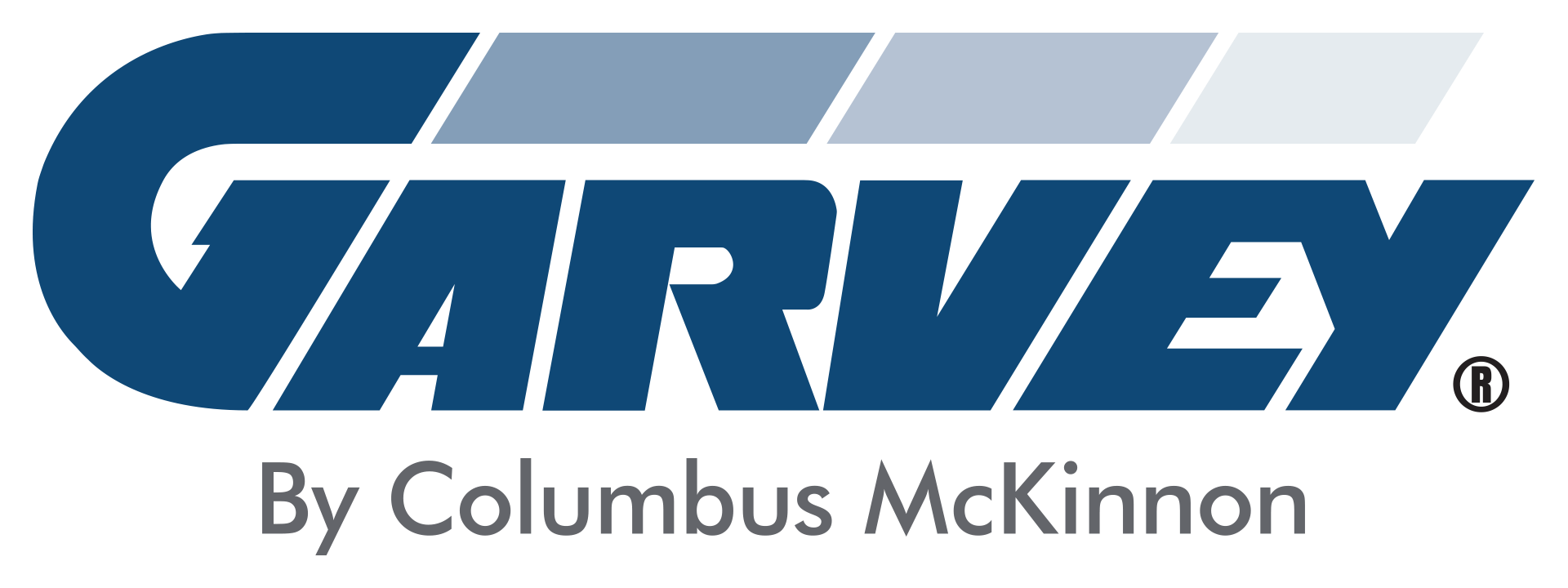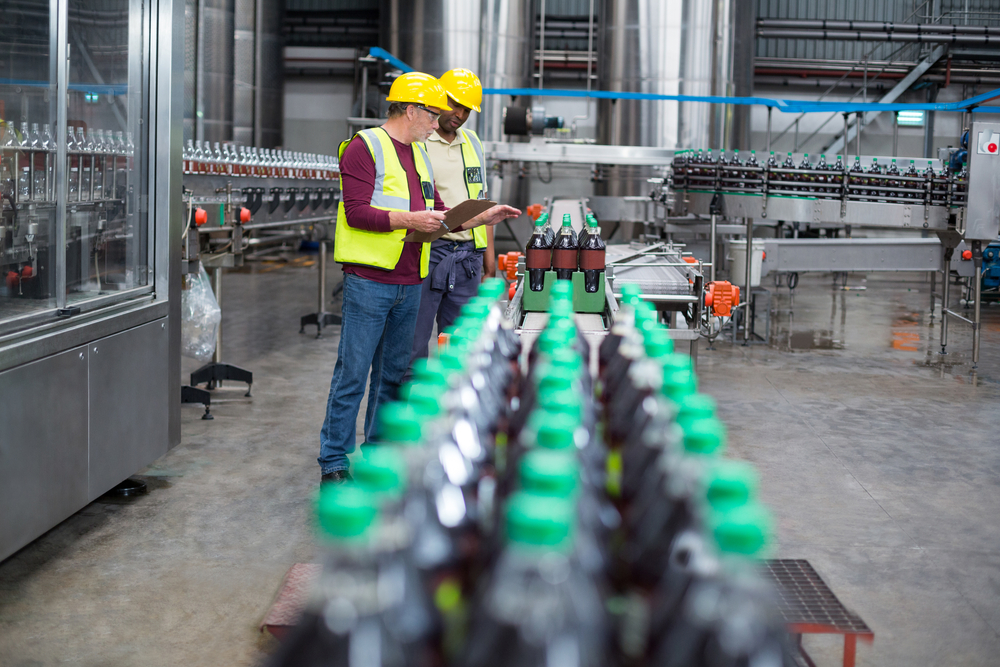As a lean manufacturing company, we focus on eliminating waste and improving efficiency in all of our solutions. One of our customers’ most common challenges is increasing production to meet demand.
Although it’s a good problem to have, it is not the easiest to solve because of several factors:
- You can only add so many shifts to increase production. If you’re already running your line through multiple shifts seven days a week, you’ve likely already exhausted this option. Adding shifts also requires more operators, which may strain your existing workforce.
- Implementing a second line is very expensive and requires a lot of space. In our experience, most companies are trying to maximize their current space and don’t have the square footage to add an additional line within their existing time frame.
- Pushing your machines past their limit for speed is never a good idea and will increase the chances of an equipment failure that shuts down your line.
Garvey offers practical solutions to help companies increase production and operate their line at total capacity. We will explain how our accumulation tables can help you get the most production out of your existing space..
First, we need to learn more about your line.
Our line analysis is a complementary service we offer our customers to understand if their line would benefit from accumulation. A Garvey Sales Engineer will assess your line’s current efficiency and learn more about your pain points to offer a tailored solution that increases throughput.
Sometimes, we won’t recommend accumulation immediately because a glaring issue must be addressed first. For example, if the labeler on the line is constantly breaking down for long periods of time, we would recommend replacing it first, as that will have the most immediate, positive impact on production.
In many cases, we will identify your constraint and determine areas on the line where you can create buffers to ensure your machines keep running. By calculating the repair time for your upstream and downstream equipment, we can understand how much accumulation your line needs to stay online without wasting space.
How can we do more with less?
Garvey accumulation tables were designed to help companies create buffers with less footprint. Traditional mass flow systems will allow manufacturers to increase their production rate and add one or more buffers, but they typically require a significant amount of equipment and, therefore, space to run.
Our Infinity™ accumulation tables are multi-functional, which means they can convey, accumulate, and single file within the same system. A mass flow system will need to include more equipment to have the same functionality.
In fact, through our research and observation, Garvey accumulation systems have a third of the footprint of mass flow systems while providing the same amount of accumulation. Our patented technology enables our accumulators to handle the most unstable products at the rates our customers need to meet demand.
What if I’m considering adding a second line?
Implementing a second line will double your production rate, but it is a significant investment that requires money, time, and space. You may also need more operators to run the additional equipment from a second line.
Adding accumulation may be a good starting point to help you as you work towards adding that second line. A Garvey accumulator can increase your throughput by up to 20-30% and help you get the most out of your existing equipment.
When you are ready to add a second line, you will already have the assurance that you are getting the most production out of your current line with the smallest footprint.
Let’s look at ways we can help you increase production.
Our line analysis is a free service we offer that can help you get a complete understanding of your line and ways you can maximize output. Learn how to increase your throughput by up to 30% with the smallest footprint. Schedule your line analysis today.




